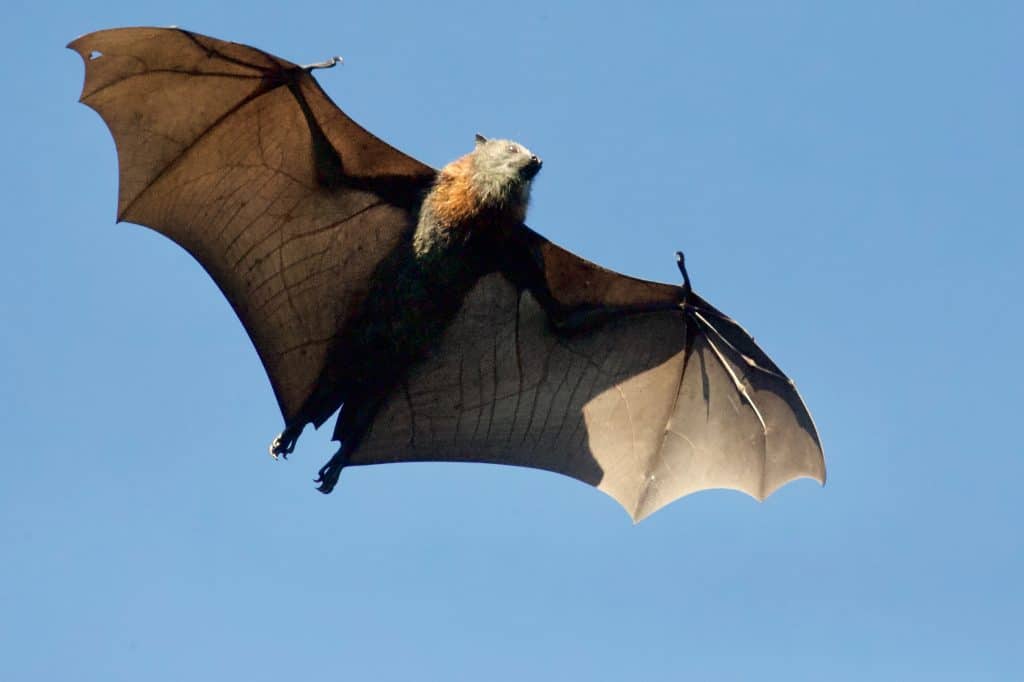
Cambodian bat researchers aiming to find COVID-19 origin
pharmafile | September 20, 2021 | News story | Research and Development, Sales and Marketing |
An eight-member Institut Pasteur du Cambodge (IPC) research team has been collecting samples from bats in an attempt to discover the origin of the COVID-19 pandemic.
The study has collected samples in northern Cambodia, returning to a region where a similar virus to COVID-19 was found in the animals a decade ago.
Two samples from horseshoe bats were collected in 2010 in Stung Treng province near Laos and kept in freezers at the IPC in Phnom Penh, and testing carried out last year revealed a close relative to the coronavirus, that has killed more than 4.6 million people worldwide.
The researchers have been collecting samples from bats and logging their species, sex, age, and other details for a week, with similar studies being carried out in the Philippines.
Dr Veasna Duong, Head of Virology at the IPC, said his institute had made four such trips in the past two years, hoping for clues about the origin and evolution of the bat-borne virus.
“We want to find out whether the virus is still there and … to know how the virus has evolved.
“If we try to be near wildlife, the chances of getting the virus carried by wildlife are more than normal. The chances of the virus transforming to infect humans are also more,” he told Reuters.
Deadly viruses originating from bats include Ebola and other coronaviruses such as Severe Acute Respiratory Syndrome (SARS) and Middle East Respiratory Syndrome (MERS).
The French-funded project also aims to look at how the wildlife trade could be playing a part.
Julia Guillebaud, a research engineer at the IPC’s virology unit, said: “(The project) aims to provide new knowledge on wild meat trade chains in Cambodia, document the diversity of betacoronaviruses circulating through these chains, and develop a flexible and integrated early-detection system of viral spill-over events.”
Kat Jenkins








